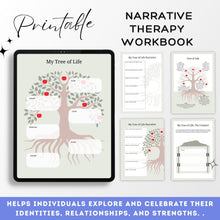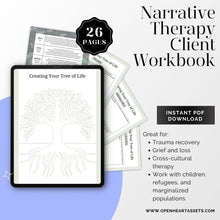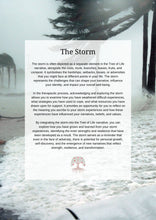
The Tree of Life is a creative, metaphor-based approach in narrative therapy that helps individuals explore and celebrate their identities, relationships, and strengths. Developed by Ncube-Mlilo and Denborough in collaboration with therapists working in vulnerable communities, this approach uses the metaphor of a tree to represent different aspects of a person’s life, encouraging growth, resilience, and connection.
Key Elements of the Tree of Life
-
Roots
Represent a person’s background, heritage, culture, family history, and the influences that have shaped their life. -
Trunk
Represents values, skills, and abilities that provide strength and support in facing life’s challenges. -
Branches
Represent hopes, dreams, and aspirations for the future. -
Leaves
Represent significant people in a person’s life, including loved ones, mentors, and friends. -
Fruits
Represent achievements, contributions, and gifts shared with others. -
Storms
Represent challenges, hardships, or difficult experiences that may have shaken the tree but also contributed to resilience.
How It Is Used in Therapy
The Tree of Life narrative therapy exercise is typically conducted in a group or individual setting. Participants draw their own tree and reflect on each part. For example:
- Roots: Clients might write about their cultural traditions or family stories.
- Branches: They might list their goals and aspirations.
- Storms: They reflect on tough experiences but also identify ways they have coped or grown stronger.
Through this process, clients reconnect with their strengths, values, and support systems while gaining a sense of empowerment and control over their life narrative.
Applications
The Tree of Life has been used in various settings, including:
- Trauma recovery
- Grief and loss
- Cross-cultural therapy
- Work with children, refugees, and marginalized populations
It is particularly effective because it provides a safe, non-threatening way to discuss difficult topics, focuses on strengths and resilience, and fosters a sense of connection to one's community and culture.
This printable workbook contains 26 pages and is a great tool for therapists, counselors and self-help warriors. You will receive it as an instant PDF download upon purchase.








